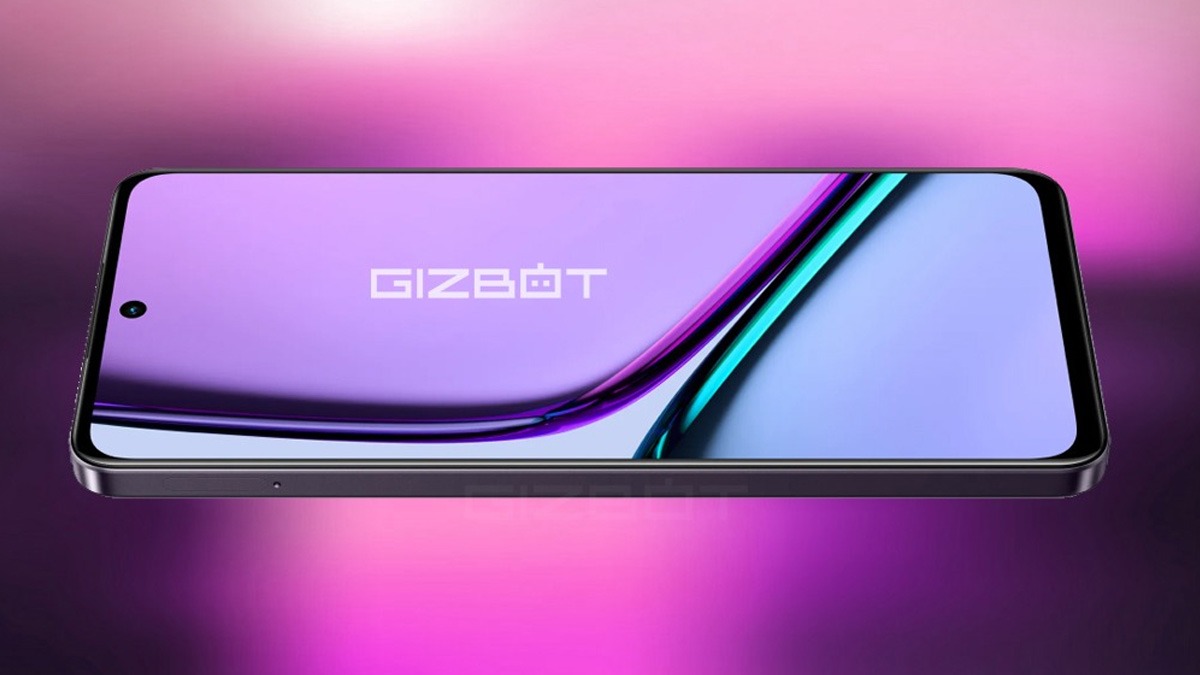Just In
- just now

- 1 hr ago

- 1 hr ago

- 2 hrs ago

Don't Miss
- Education
 MP Board Result 2024: Toppers List of Class 10th and 12th is here
MP Board Result 2024: Toppers List of Class 10th and 12th is here - Movies
 Mankatha Re-Release Woes: Ajith-Venkat Prabhu's Action Thriller Faces Issues; To Hit Screens On THIS Date
Mankatha Re-Release Woes: Ajith-Venkat Prabhu's Action Thriller Faces Issues; To Hit Screens On THIS Date - News
 Indian MBBS Student, Dasari Chandu, Dies In Kyrgyzstan After Waterfall Mishap
Indian MBBS Student, Dasari Chandu, Dies In Kyrgyzstan After Waterfall Mishap - Finance
 Vodafone Idea FPO: Shares To Debut Tomorrow; GMP Hints Premium Listing; Shares Slump 9%
Vodafone Idea FPO: Shares To Debut Tomorrow; GMP Hints Premium Listing; Shares Slump 9% - Sports
 'They don't want to play Bazball in England, they want to play IPL in India': Virender Sehwag silences Vaughan
'They don't want to play Bazball in England, they want to play IPL in India': Virender Sehwag silences Vaughan - Automobiles
 2024 Kia Carens Secures 3-Star Adult & 5-Star Child Safety Ratings – Detailed Look
2024 Kia Carens Secures 3-Star Adult & 5-Star Child Safety Ratings – Detailed Look - Travel
 Mumbai Opens BMC Headquarters For Exclusive Heritage Tour
Mumbai Opens BMC Headquarters For Exclusive Heritage Tour - Lifestyle
 Summer Style: 6 Must-Try Colors To Stay Fashionably Cool Like B-Town Divas!
Summer Style: 6 Must-Try Colors To Stay Fashionably Cool Like B-Town Divas!
Scientists develop stretchable batteries for next-gen wearables
Stretchable electronic devices have recently attracted tremendous attention as next-generation devices due to their immense flexibility.
Flexible and stretchable power sources could represent a key technology for the realization of wearable electronics. As such many companies have been working on developing flexible and stretchable batteries with mechanical endurance that is on par with commercial standards and offer compliance while retaining safety. And now scientists in South Korea seem to have found the success. They have developed stretchable aqueous lithium-ion battery batteries that may power the next generation of wearable devices.

Using hybrid carbon/polymer (HCP) composite as a stretchable current collector, the research team has developed a highly stretchable rechargeable battery based on aqueous electrolytes. Everything has been detailed in the study published in the journal Advanced Energy Materials.
"Our findings are expected to expand the number of stretchable nanocomposites with electrochemical and mechanical properties available for use in a wide variety of applications," said Kwanyong Seo, Professor at Ulsan National Institute of Science and Technology (UNIST).
Stretchable electronic devices have recently attracted tremendous attention as next-generation devices due to their immense flexibility. The increasing interest and demand for flexible electronics have fueled the search for highly stretchable electrodes with high mechanical durability and high electrical conductivity during deformation.

Although many methods have been proposed for these electrodes, none of them has managed to simultaneously achieve high stretchability for the electrodes and have a scalable manufacturing process.
The research led by Professor Soojin Park of UNIST solved such issues using a conductive polymer composite, composed of Jabuticaba-like hybrid carbon fillers containing carbon nanotubes and carbon black in a simple solution process.
The shape of this structure resembled that of a Jabuticaba tree, the Brazilian grape tree, the researchers said. The research team observed that the HCP composite is found to effectively retain its electrical conductivity, even under high strain rates.
This makes it suitable for use in highly stretchable aqueous lithium-ion batteries, the study said.
-
99,999
-
1,29,999
-
69,999
-
41,999
-
64,999
-
99,999
-
29,999
-
63,999
-
39,999
-
1,56,900
-
79,900
-
1,39,900
-
1,29,900
-
65,900
-
1,56,900
-
1,30,990
-
76,990
-
16,499
-
30,700
-
12,999
-
16,026
-
14,248
-
14,466
-
26,634
-
18,800
-
62,425
-
1,15,909
-
93,635
-
75,804
-
9,999












































